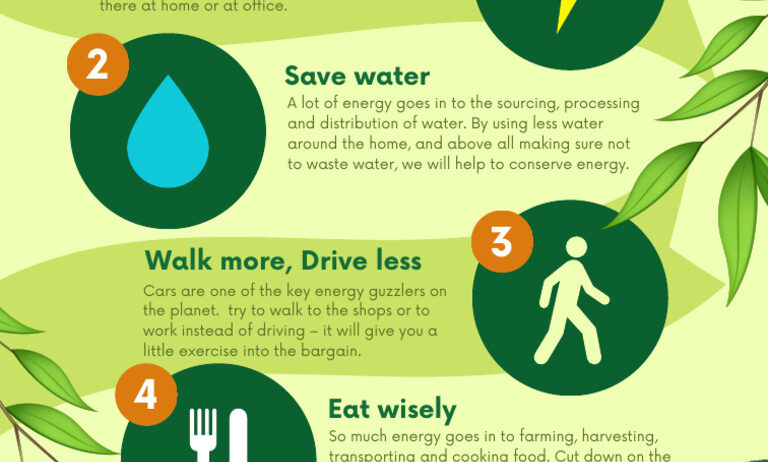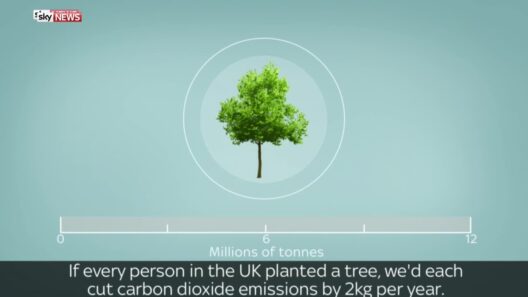Solar energy has garnered significant attention in recent years due to its sustainable nature and the urgent need to combat climate change. However, merely harnessing this abundant resource is not sufficient; effective conservation and utilization are imperative. This article delves into the various methodologies for optimizing solar energy usage, aiming to maximize efficiency while minimizing waste. The significance of these approaches transcends mere environmental benefits; they are emblematic of humanity’s broader quest for sustainability.
One of the most pivotal ways to conserve solar energy is through the installation of high-efficiency solar panels. Photovoltaic (PV) technologies have advanced remarkably, leading to the emergence of panels that convert more sunlight into electricity. Monocrystalline solar panels, for instance, boast a higher conversion efficiency compared to polycrystalline counterparts. By investing in advanced technology, users can significantly increase their energy yield, thereby reducing reliance on conventional energy sources. This shift not only promotes energy independence but also contributes to a reduced carbon footprint.
Moreover, the positioning and orientation of solar panels are instrumental in optimizing solar energy capture. Strategically installing panels to face true south (in the Northern Hemisphere) can enhance exposure to sunlight throughout the day. Additionally, considering the geographical and seasonal variations in sunlight angles is crucial. Tilt and azimuth adjustments may be necessary to adapt to changing climatic conditions, ultimately improving efficiency and energy generation. Understanding and applying these technical aspects can have profound implications for overall energy conservation.
In conjunction with the optimization of solar panels, the integration of energy storage systems is crucial. Battery storage technologies, such as lithium-ion batteries, allow for the retention of surplus energy generated during peak sunlight hours. This stored energy can then be utilized during periods of low solar output, such as nighttime or cloudy days. By leveraging battery storage, users not only maximize the utilization of renewable energy but also diminish the demand for grid electricity, leading to a more resilient and autonomous energy system.
The concept of demand-side management also plays a vital role in conserving solar energy effectively. This approach involves modifying consumer behavior to enhance energy efficiency. For instance, users can sync their energy consumption with peak solar output hours. By scheduling energy-intensive activities, such as laundry or dishwashing, to coincide with peak sunlight times, individuals can significantly reduce their reliance on non-renewable energy sources. Such proactive measures not only promote cost savings but also contribute to a holistic energy ecosystem that thrives on sustainability.
Additionally, incorporating energy-efficient appliances and technologies can complement solar energy utilization. Devices labeled with Energy Star ratings indicate superior efficiency, reducing overall energy consumption. This synergistic approach ensures that the energy produced from solar panels is used optimally, further reinforcing the benefits of renewable energy sources. The cumulative effect of integrating efficient appliances with solar energy can lead to significant savings on utility bills, fostering a more sustainable lifestyle.
Landscape planning emerges as another pivotal consideration in the realm of solar energy conservation. The strategic placement of trees and architectural features can create natural shading for solar panels during the peak afternoon sun, thus protecting them from overheating and potential damage. Using vegetation to modulate temperature can enhance the overall efficiency of solar installations. Furthermore, careful design elements that mitigate shading effects could yield more energy production while enhancing the aesthetic value of the property.
Community engagement in solar initiatives can further amplify conservation efforts. Collective ownership models of solar arrays, such as community solar programs, encourage shared investments in renewable energy sources. These programs not only democratize access to solar energy but also foster a shared commitment to energy conservation. When communities collaborate on sustainability projects, they forge stronger ties and create a collective identity rooted in environmental responsibility.
Education and outreach initiatives are essential in fostering a deeper understanding of solar energy conservation among the public. Schools, organizations, and advocacy groups can disseminate knowledge about the importance of solar energy and effective conservation practices. Awareness campaigns can galvanize community action, inspiring individuals to embrace solar energy while highlighting the wider ramifications of wasteful energy consumption. Engaged and informed citizens are better positioned to advocate for policies that support renewable energy development and conservation.
Continuous research and innovation in solar energy technology are paramount for realizing its full potential. Investment in R&D can yield breakthroughs in solar energy efficiency, storage solutions, and smart-grid technologies. By fostering collaboration between governments, universities, and private sector entities, the industry can address challenges and unlock new possibilities in solar energy conservation. This collective approach not only accelerates technological advancements but also ensures a sustainable future.
Ultimately, the conservation of solar energy transcends practical applications; it embodies a philosophical shift toward sustainability. Through innovation, education, and community engagement, individuals can contribute to a larger narrative that values ecological stewardship. As the world grapples with the ramifications of climate change, embracing solar energy conservation methods is not simply a personal choice—it is a societal imperative. By taking tangible steps toward effective solar energy conservation, we pave the way for a cleaner, brighter future for generations to come.






